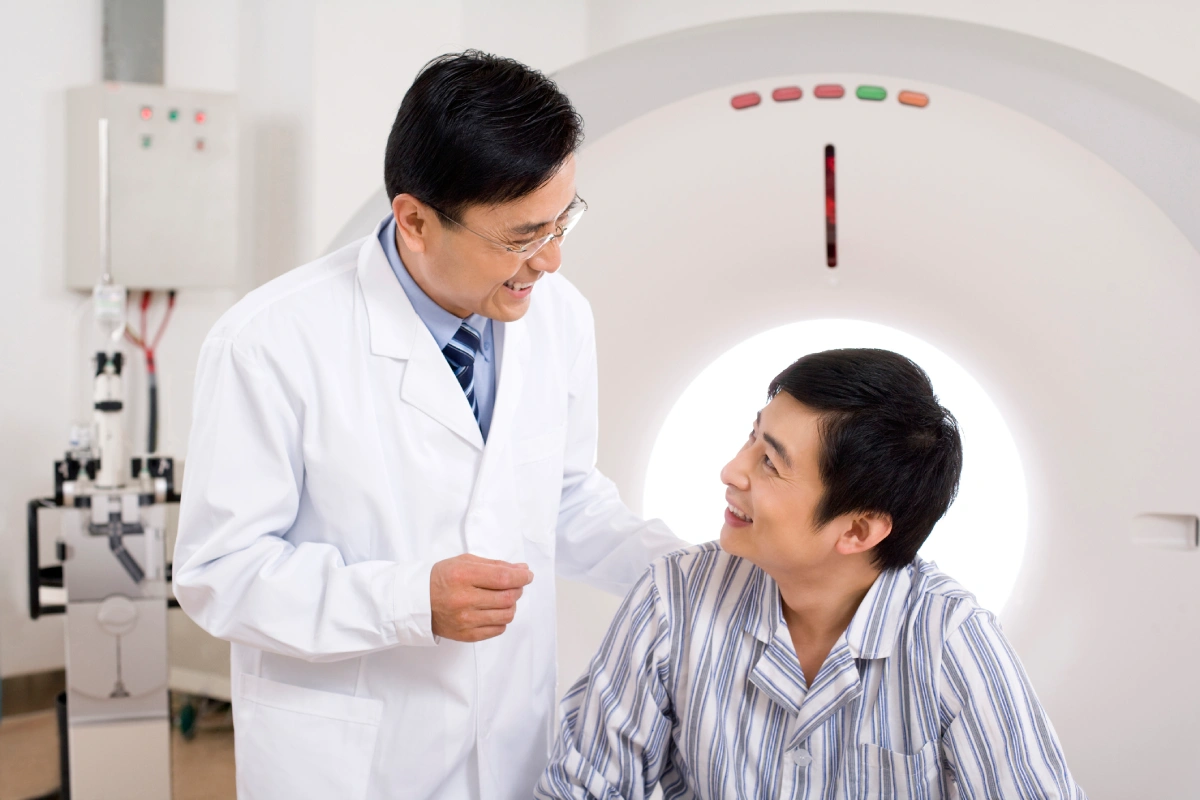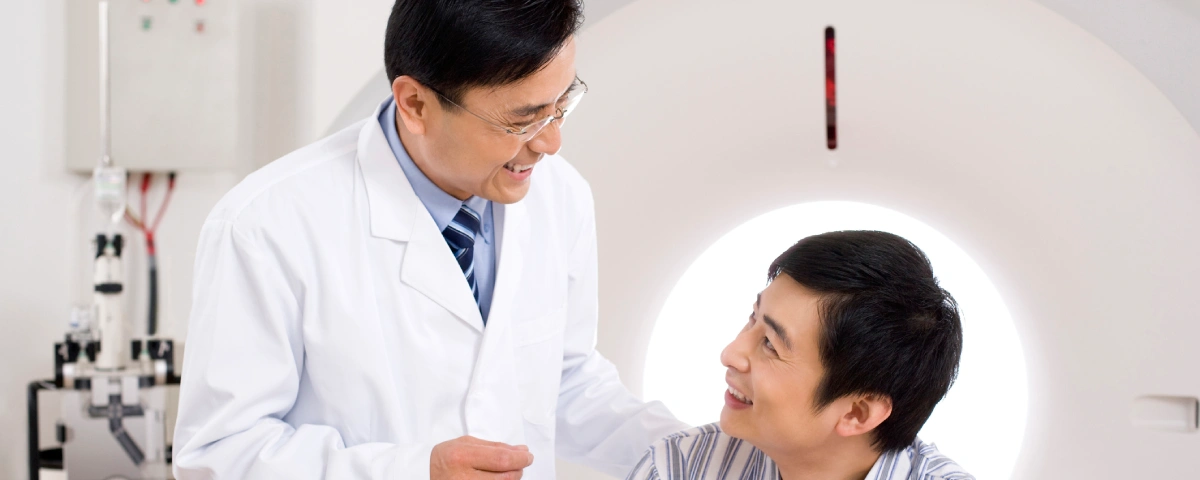As men get older, particularly over the age of 40, they may experience trouble urinating or more frequent urination. These symptoms, which could be associated with an enlarged prostate, may occur more frequently. In the following article, we will go through some symptoms of an enlarged prostate as well as go into the details of the procedures for doing a self-examination.
What is the prostate?
The prostate is a gland that is very important to the overall health of a man's urinary system. It oversees generating sperm as well as facilitating its movement from one place to another. With the appearance of a walnut, its surface is segmented into three distinct zones: the central zone, the transition zone, and the outer zone. The transition zone encompasses the urethra. If the prostate is irritated or enlarged, it can put pressure on the urethra, which can lead to urinary problems in males1.
What are the symptoms of enlarged prostate?
Males over the age of 40 have a greater risk of developing an enlarged prostate than younger men. According to a survey carried out in the United States, fifty percent of the male participants between the ages of 51 and 60 years old had an enlarged prostate. This percentage further soared to approximately 90 percent for men over the age of 802. Although the size of a typical prostate is comparable to that of a chestnut3, the cause of prostate enlargement is still unknown. However, it is possible that age and changes in hormone levels in males are some causes of this condition1.
Urinary problems are rather prevalent in those who have an enlarged prostate, and it is essential to be aware of the following symptoms1:
- Having difficulty starting the urinating process
Sluggish discharge of urine
The act of urinating is followed by dribbling
A feeling that the bladder has not been completely emptied yet
Problems with keeping urine in the bladder
Frequent urination
Nighttime urinating that is far too frequent
Here is how you can assess your own prostate health
The American Urological Association's "International Prostate Symptom Score questionnaire (IPSS)," analyzes an individual’s monthly urinary patterns, and can be used to assess the condition of one’s prostate. On top of visiting the doctor for a prostate examination, you can also use this self-assessment below to assist you in learning more about the condition of your prostate4.
None | Less than 1/5 of the time | Less than half of the time | About half of the time | Almost every time | Incomplete emptying | |
|---|---|---|---|---|---|---|
Unclear urination | 0 | 1 | 2 | 3 | 4 | 5 |
Frequency of urination | 0 | 1 | 2 | 3 | 4 | 5 |
Intermittent urination | 0 | 1 | 2 | 3 | 4 | 5 |
Urgency of urination | 0 | 1 | 2 | 3 | 4 | 5 |
Weak urine stream | 0 | 1 | 2 | 3 | 4 | 5 |
Difficulty urinating | 0 | 1 | 2 | 3 | 4 | 5 |
Number of times urinating at night | 0 | 1 (Once) | 2 (Twice) | 3 (Thrice) | 4 (Four times) | 5 (Five times) |
The severity of prostate health issues can be estimated using self-assessment scores as follows:
- Mild prostate health problems are indicated by a score of 0 to 7.
A significant prostate health problem is indicated by a score of 8 to 19.
Severe prostate health problems are indicated by a score of 20 points or higher.
Prostate examination methods
As prostate enlargement is typical in males over the age of 40, it is advised for these individuals to have regular hospital check-ups in addition to self-evaluation. The following are the examination techniques employed1:
- Digital rectal examination (DRE): A finger is inserted into the patient's rectum during a DRE, during which the doctor looks at the prostate's size, shape, and texture.
Urinalysis: Looks for indications of urethral hemorrhage or infection.
Prostate ultrasound scan: A prostate ultrasound scan involves looking at the prostate's size, the bladder's capacity, whether stones are there, and whether malignancies might be present.
Urine flow rate measurement: Measures the rate at which urine is discharged while utilizing a device to look for prostate enlargement.
Blood test: With a blood test, the prostate-specific antigen (PSA) level can be checked to see if the patient has an elevated level.
Treatment methods for an enlarged prostate
It is advised to routinely monitor the possibility of suffering from an enlarged prostate through checkups for those at risk or those who only exhibit modest symptoms. Significant prostate enlargement can be treated with medication, but severe cases may require surgery, including minimally invasive procedures like transurethral resection of the prostate and transurethral incision of the prostate1. While the latter relaxes the urethra by creating an incision at the bladder neck, the former immediately removes the enlarged prostate portion using a charged metal coil.
Open surgery, in which the doctor creates an incision in the lower abdomen to remove the enlarged prostate tissue, is appropriate for people with significant prostate enlargement or problems such as bladder stones.
It might be difficult to prevent prostate issues, and any man is at risk of getting them. Some serious consequences of an enlarged prostate include prostate inflammation and even prostate cancer. Bacterial infections are the main cause of prostatitis; minor cases may have no symptoms, whilst severe cases may result in excruciating pain and other consequences5. The incidence of prostate cancer increases with age, making it the third most frequent cancer in men in Hong Kong6. Early signs of prostate cancer may not be obvious and could also be mistaken for prostate enlargement. However, when cancer cells move to other organs, it can produce other signs such as bloody coughing fits and back pain7.
In the unfortunate event that you are diagnosed with a prostate issue, it is important to go for regular checkups and have long-term medical care. The financial burden of hefty medical bills might be reduced with comprehensive cancer medical insurance coverage.

